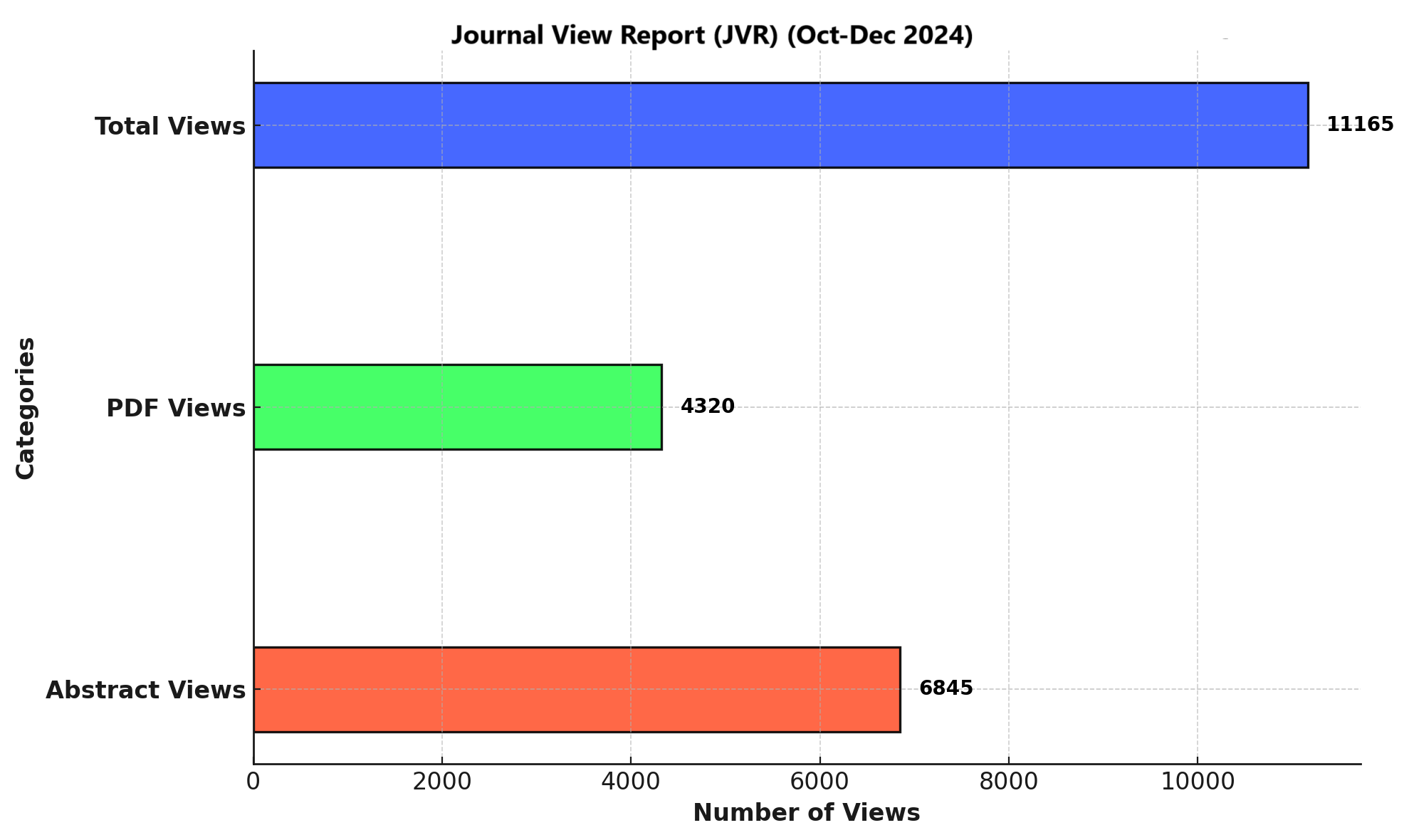CLINICAL AND RADIOGRAPHICAL EFFICACY OF FORMOCRESOL AND MINERAL TRIOXIDE AGGREGATE PULPOTOMY AMONG PRIMARY MOLARS
DOI:
https://doi.org/10.71000/ijhr85Keywords:
biocompatibility, clinical efficacy, dental pulp therapy, formocresol, mineral trioxide aggregate, pediatric dentistry, periapical healing, primary molars, pulpotomy procedure, radiographical outcomes, tooth vitality, Visual Analog Scale (VAS)Abstract
Background: Pulpotomy is a commonly performed procedure in pediatric dentistry aimed at preserving the health and function of primary teeth affected by pulpitis. Traditionally, Formocresol has been widely used due to its antibacterial properties; however, concerns regarding its potential toxicity and long-term effects on dental tissues have led to the exploration of alternative materials. Mineral Trioxide Aggregate (MTA) has emerged as a promising option due to its biocompatibility and regenerative capabilities, which may offer better clinical and radiographical outcomes. Understanding the comparative effectiveness of these materials is crucial for optimizing treatment protocols and improving patient outcomes in pediatric dental care.
Objective: To determine the clinical and radiographical efficacy of Formocresol and Mineral Trioxide Aggregate pulpotomy among primary molars
Methods: A quasi-experimental interventional study was conducted at Sandeman Provincial Hospital, Quetta, from October 2021 to October 2023. A total of 382 patients presenting with postoperative pain were randomly divided into two groups, with 191 individuals in each group. Group A received Formocresol, while Group B was treated with Mineral Trioxide Aggregate (MTA). Clinical parameters, including pain, tenderness, and swelling, were evaluated at baseline, 1 month, 3 months, and 6 months post-treatment using the Visual Analog Scale (VAS). Periapical radiographs were also taken at these intervals to monitor pulp healing and surrounding structures. Data was collected and analyzed using SPSS version 26.0.
Results: Out of 382 patients, with male 195 (51.04%) and 187 (48.9%) were female. Patients were divided into 2 groups. At the 6-month follow-up, 4(2.09% of patients in Group A experienced pain, whereas no patients in Group B reported pain. Periapical radiolucency was observed in 23(12.04%) of patients in Group A at 6 months compared to only 7(3.66%) in Group B. t-tests indicated that Group B (MTA) had significantly better clinical and radiographical outcomes compared to Group A (Formocresol) at all follow-up intervals (p < 0.05).
Conclusion: MTA demonstrates superior clinical and radiographical efficacy compared to Formocresol in pulpotomy procedures for primary molars.
Published
Issue
Section
License
Copyright (c) 2024 Shahnoor Zia, Syed Atta Ullah Shah, Sana Kanwal, Fahad khan, Naila Amir Ali, Talha Asad khan, Sher Afgan Raisani, Muhammad Farrukh Habib (Author)

This work is licensed under a Creative Commons Attribution-NonCommercial-NoDerivatives 4.0 International License.







